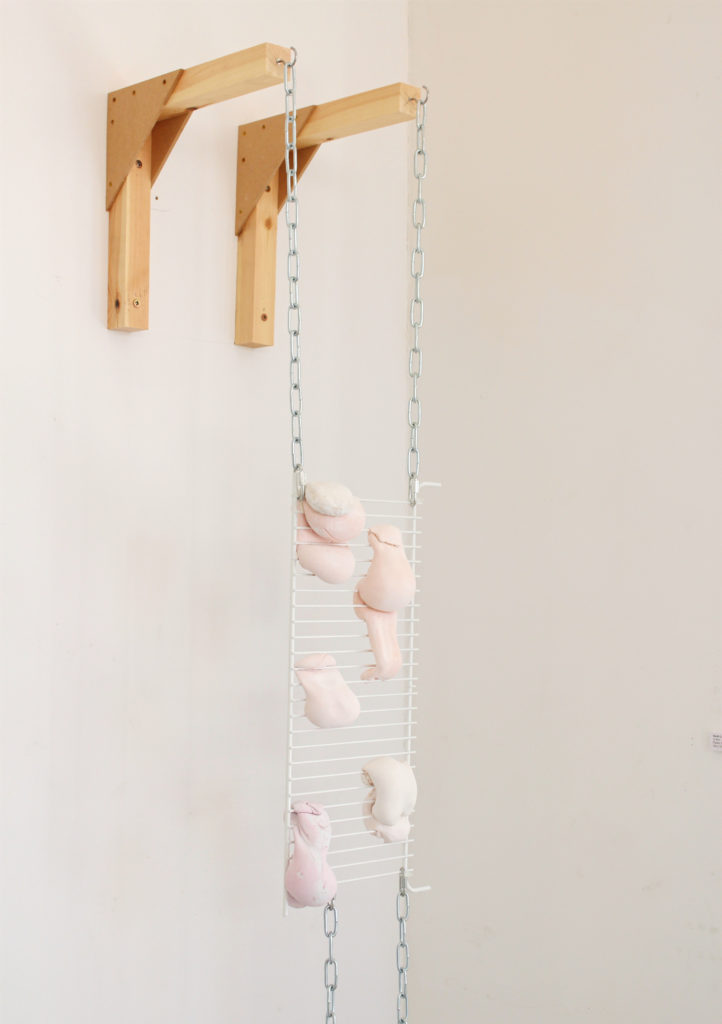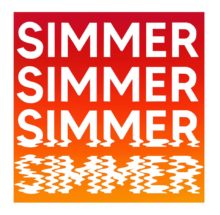
My practice is driven through working directly with materials, so I would primarily define my work as sculptural, often starting new works by speculatively exploring a material before pushing the boundaries of what it is traditionally used for. My treatment of materials differs depending on whether or not I consider them to be animate or inanimate, but there are three questions that I am always considering in relation to my practice:
What it means to follow the material?
Does it mean working on the edge of having control?
Does it mean accepting that form and content are the same thing?
I am intruiged by the dynamic between control and chance, testing what it means to give or take away a material’s own agency. By following the nature of the material, I can better understand its various traits. For example, when using a material such as plaster, I often make various flexible “moulds” which I fill with fluid plaster and hang before they set – allowing the final object to be formed under its own influence or weight. The final objects are often ambiguous natural forms that have an unadulterated spontaneous feel to them. You can see this in the works of The Herm 2020 and Untitled (Sag) 2020.
By intervening in this moment in time, when a material is in between two states of matter, I have found that I have enough artistic control whilst still allowing the matter to move of its own accord. I would consider plaster, silicone, resin and expanding foam as “animate” materials, since they have a transitory temporal state between two types of matter before curing. I do not believe my materials are alive, yet I do believe that they all have their own flow, movement and agency when transitioning from its liquid form to solid set object.
“Inanimate” or dead materials are materials which have been in one state of matter for a while and which have no movement or agency. This includes set plaster, cured silicone and cured expanding foam; as well as materials such as rubber, wood and fabric. When working with inanimate materials, I tend to exercise more control, manipulating the material in a more labour and time-intensive process. Much like the metamorphosis of a material from one state of matter to another, working with inanimate materials involves transforming them into another state of being. I change the qualities of a material through layering matter, coating a surface, or through traditional processes such as needle felting, weaving and painting. You can see this in the works Bed of Grass 2020, Adipose Tissue 2019, and Untitled; Lollipops 2020 as well as Deviate 2020 which has a coat of silicone.
What unites my work is an understanding of materials and using them in such a way that the viewer is unsure of the processes involved in the making of the object. I am searching for a type of pure form where the visibility of the hand of the artist or the creation of the work is secondary to the object itself.
Instagram: @salarby_art
Website: www.salarby.wixsite.com/artist
